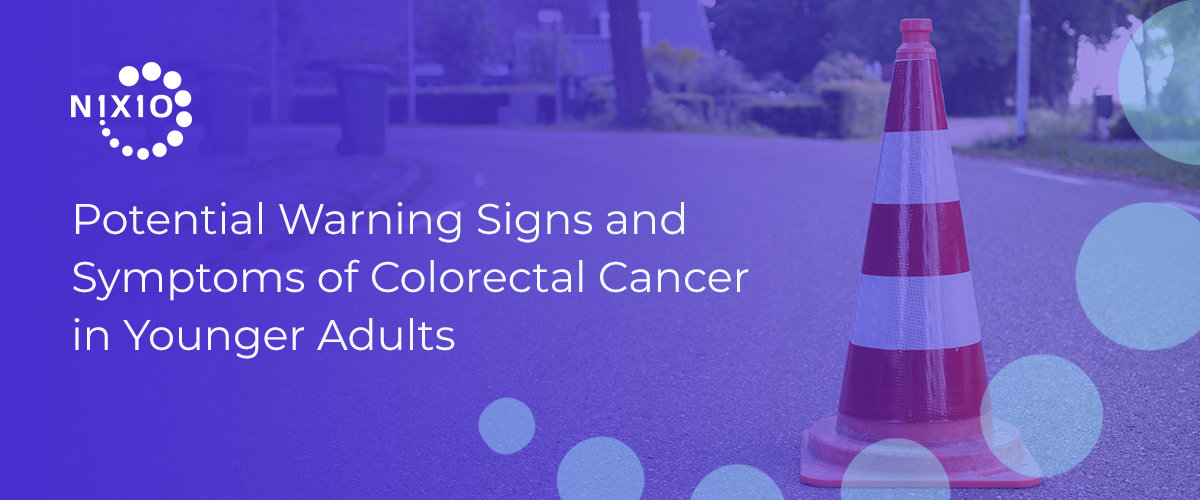New cases of colorectal cancer in people under the age of 50 have been rising at an alarming rate over the past several decades. But younger adults aren’t routinely screened for colorectal cancer because the disease is still relatively rare in younger adults. Now, a study conducted at Washington University School of Medicine, St. Louis, MO, has identified four warning signs that, according to the investigators, could help encourage younger adults to seek medical care so they can potentially catch the disease at an earlier and more treatable stage.
To conduct the study, the research team analyzed insurance claims data on more than 5,000 people diagnosed before age 50, called early-onset colorectal cancer (EoCRC), and more than 22,000 people without cancer (controls). The analysis showed that, in the period of 3 months to 2 years before people with colorectal cancer were diagnosed, four signs were more commonly reported in people who developed colorectal cancer than in matched controls:
– abdominal pain
– rectal bleeding
– diarrhea
– iron deficiency anemia
Having just one of these signs during this period was associated with nearly twice the likelihood of being diagnosed with EoCRC as having none of the signs. Having three or more of these signs was associated with six times the likelihood of being diagnosed with the disease. Nearly 20% of the younger adults with EoCRC had one or more of these four signs between 3 months to 2 years before diagnosis. Abdominal pain was the most common sign, appearing in 11.6% of people with cancer versus 7.7% in the controls. But rectal bleeding had the strongest association with a diagnosis of EoCRC, followed by iron deficiency anemia. The more signs a person had, the more likely they were to have been diagnosed with the disease. The four signs turned out to be more common among those who were diagnosed with EoCRC than those who weren’t over a similar time period. Nearly 50% of the patients with EoCRC experienced their first sign within 3 months of their diagnosis, with a median delay of less than a month.
In response to the rising trend of EoCRC, screening guidelines now recommend people start getting screened for colorectal cancer at age 45 instead of 50. In addition to improving survival, earlier diagnosis also reduces the need for aggressive treatments. However, one-half of EoCRC is diagnosed in patients younger than 45 years, and therefore would not be detected through screening.
Many EoCRCs aren’t diagnosed until the cancer is at an advanced stage. For colon cancer that has spread to distant organs, only 13% of people will live for 5 years or longer. If it has spread to surrounding tissues/organs and/or regional lymph nodes, the 5-year relative survival is 72%. If diagnosed at a localized stage, the relative survival rate is 91%. For rectal cancer, if caught at localized stage, the 5-year relative survival is 90%. If it has spread to surrounding tissues or organs and/or regional lymph nodes, the relative survival rate is 74%. If the cancer is widely metastatic at diagnosis, the 5-year relative survival rate is 17%.
When a younger adult notices these warning signs, they should be advised to contact their primary care doctor without delay. In some instances, they may first be instructed to get an at-home stool test (FOBT). It’s easy, it’s reasonably affordable, and it’s not invasive.
But ultimately, more research is needed to identify younger adults who are at increased risk for EoCRC at the population level. Accumulating this sort of data “will help us better identify the at-risk population, because we don’t have the resources to screen everybody,” the investigators added.


